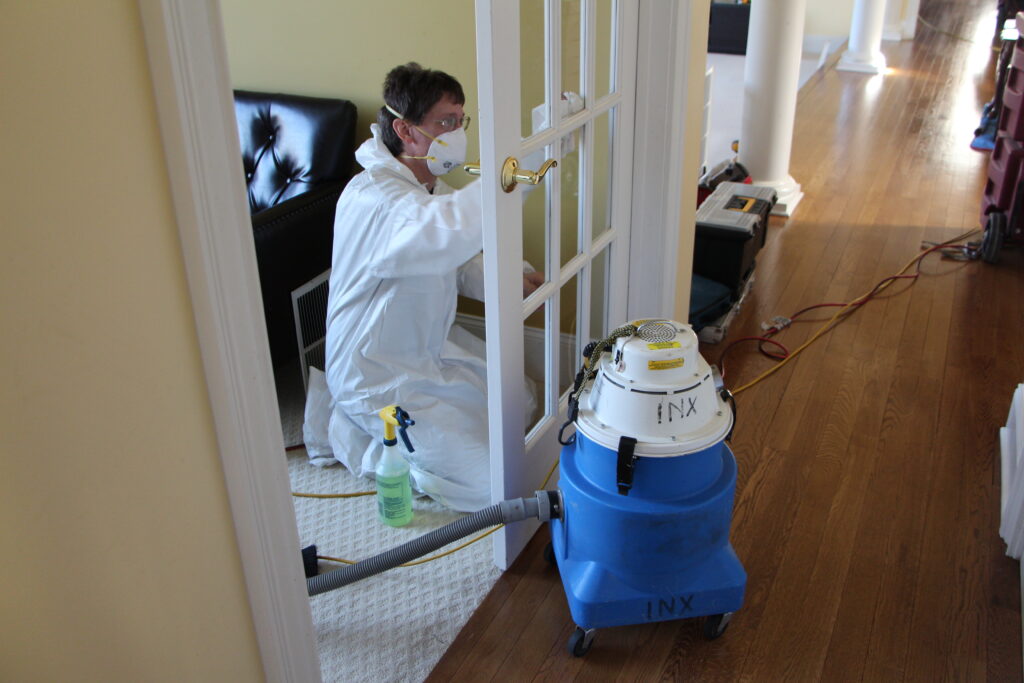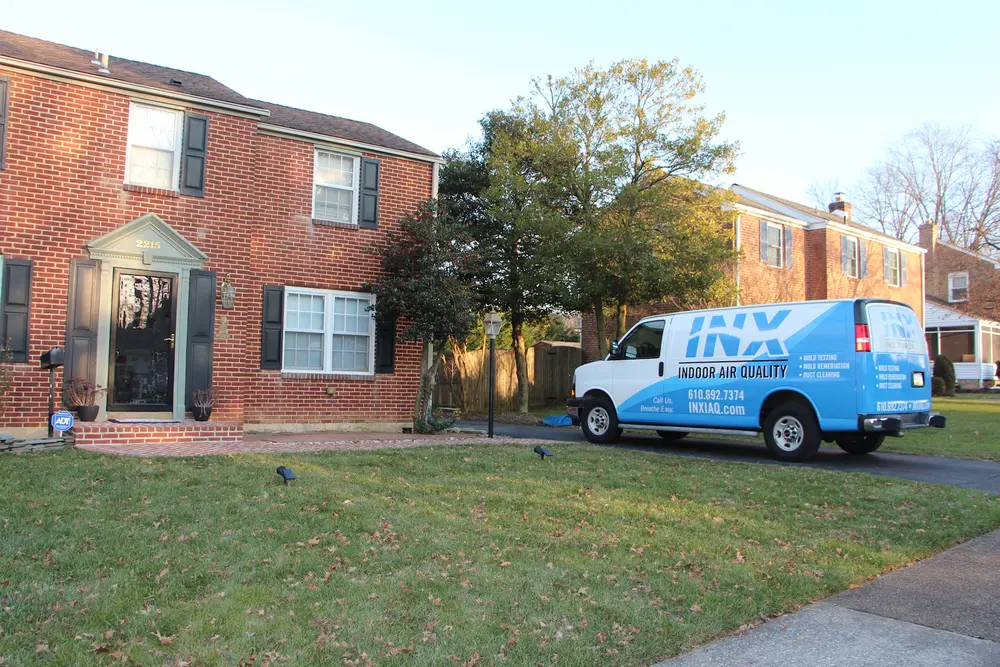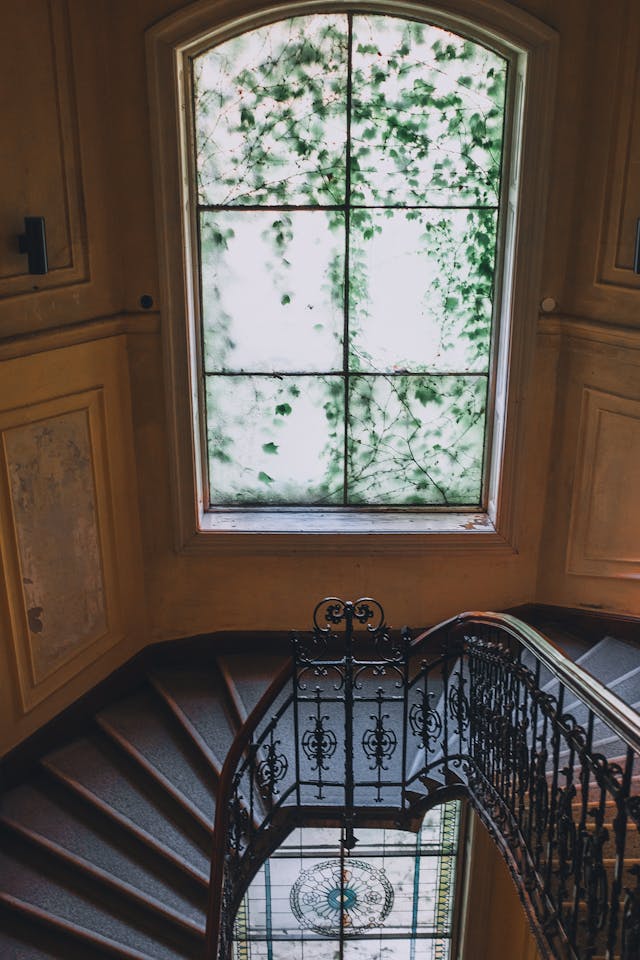When it comes to mold remediation, historic homes are some of the most difficult projects to take on. However, even though they are more challenging to work with, mold problems in historic homes are still completely manageable. You just need to know what you’re doing. So, if your historic home has a mold problem, here is everything you need to know about how to get rid of it for good.
Why Mold Remediation in Historic Homes is So Difficult
Historic buildings present a number of problems that make mold remediation much more difficult than it is in newer buildings. So naturally, understanding these problems and differences is key to the success of any heritage property mold-handling project. From differences in construction trends to dealing with historical societies and regulations, here are some of the unique challenges that you should be aware of when preserving mold-infected historical buildings.
Differences in Old Construction
Construction has changed a lot over the years, from differing preferences for materials and building methods to changes in building codes. This means that old homes are built in completely different ways than new homes, which can cause a number of mold remediation problems.
Not only were many of the materials used in historic buildings more prone to mold growth than modern ones, but they also often lacked sufficient ventilation. These, along with the many unique quirks common in old buildings that can make accessing the affected materials significantly more challenging, all add up to make an already tough mold removal job even more difficult.
Compromised Structural Integrity
As mentioned above, historic buildings often use materials that are much more prone to mold growth than modern ones, specifically the weight-bearing building materials that keep the whole thing standing.
If these structural supports are infected, you may need to replace them, which, if done improperly, could cause the whole building to collapse, making mold the least of your worries.
Preserving History
When working on a historic building, preserving its historical significance is the biggest concern. You can’t simply tear materials away and replace them with something else, and you’ll be restricted in what types of cleaning products and techniques you can use. You simply can’t risk causing more damage to the historic property, and this generally makes mold remediation much more difficult.
Regulatory Concerns
While not every historic building is a registered historical landmark, there are still often a lot more regulations to hurdle when dealing with historic buildings. Whether it’s dealing with local historical societies or government regulations, you’ll need to make sure that your mold remediation project doesn’t break any rules.
How To: Mold Remediation Historic Homes
Now that you know about all the unique challenges that come with removing mold from historic homes, you’re probably wondering how you actually go about doing it.
Well, in reality, mold remediation in a historic home does look quite similar to any other standard mold remediation project. There are just a few key differences that you’ll need to implement along the way. So, if you’re ready to get rid of your historic home’s mold problem, here’s what you can do.

Find and Address the Root Cause of Mold Growth
The first step in any mold remediation project is to determine the root cause of the problem so you can stop it from getting worse. This usually involved conducting a comprehensive mold inspection. Mold thrives when there is excess moisture, so whether it’s a leaky pipe or a lack of ventilation, it’s essential to find out where the excess water or humidity is coming from and implement a solution to address it.
Air Filtration, Dehumidifying, and Ventilation
The next step is all about reducing the amount of mold spores in the air and getting rid of all that excess moisture and humidity. This can be done in a number of non-intrusive which, making them ideal for dealing with mold problems in historic properties.
You can use air filters to catch stray mold spores, and open windows, and run HVAC systems and exhaust vents to increase ventilation and dry out the air and any of the affected surfaces. Dehumidifiers are also a great choice when it comes to removing moisture from the air and allowing the affected materials to dry properly.
Gentle Cleaning Techniques and Mold Cleaning Products
When preserving historic buildings, it’s essential to use gentle cleaning techniques and products that will not damage the materials you’re cleaning.
For example, many of the most popular mold cleaning products contain harmful chemicals that, while effective in newer buildings, could end up causing a lot more harm than good. So, you’ll need to seek out less harmful alternatives like eco-friendly biocide mold killers or mild acids like lemon juice or vinegar.
As for equipment and techniques, HEPA vacuums are incredibly effective at sucking up mold spores, and when combined with some light brushing and scrubbing, you can effectively remove mold without causing any extra damage.
Material Preservation, Restoration, and Replacement
Preserving and restoring the original building materials is always the goal, but if the problem is severe enough, this simply may not be an option. However, while replacing building materials in newer buildings is completely normal, replacing materials in historic buildings is a lot more difficult.
In order to preserve the historical integrity of the building, you’ll need to use materials that not only match those used in the original construction but also preserve the same look and function as the original.

Contact INX Indoor Air Quality Today
Does your historic home have a mold problem? Give INX Indoor Air Quality a call. Their team of mold remediation experts has completed countless mold removal projects all over southeastern PA and is uniquely qualified to take on projects in historic buildings. So, don’t let your mold problem get out of hand. Call INX Indoor Air Quality and start your next mold remediation project today!



